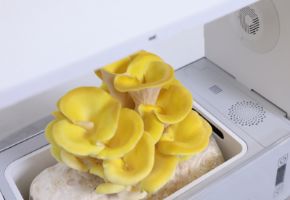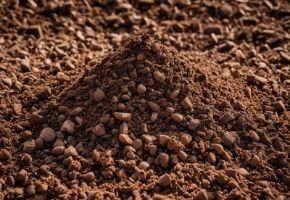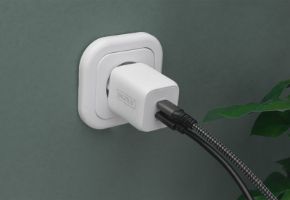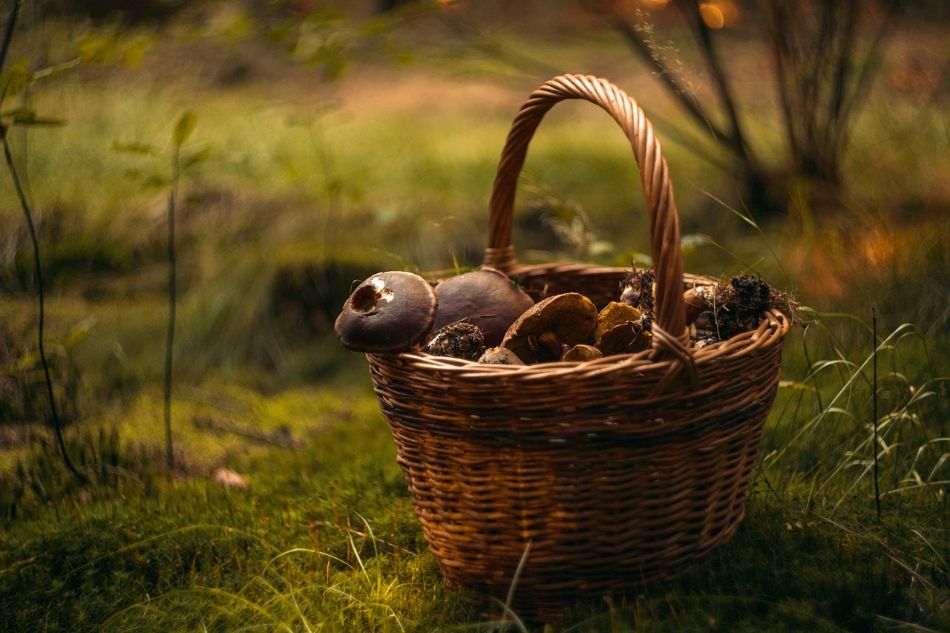Mushroom picking is an art that requires not only knowledge of the species but also a deep understanding of their life cycle. Picking a mushroom at the right stage of maturity is essential both to ensure the best organoleptic qualities and to allow for proper spore dispersion, thus ensuring the continuity of the species in the ecosystem.
General Indicators of Maturity
Before delving into the specifics of individual species, there are some universal indicators that allow us to assess the correct stage of maturity of a mushroom.
- Cap size: it should be well-developed but not excessively open.
- Consistency: the mushroom should be firm and compact.
- Color: it should be vivid and characteristic of the species.
- Gills: they should be well-defined and of the typical color of the mature species.
- Stem: it should be robust and well-formed.
How to Recognize an Overripe Mushroom
It is important to know how to identify when a mushroom has passed the optimal point for picking.
The most obvious signs are:
- cap completely open and flat;
- soft or spongy consistency;
- fragile or cracked cap edges;
- presence of larvae or insects;
- unpleasant or fermented odor.
Guide to Picking Main Species
Porcini (Boletus edulis and related)
Highly appreciated on Italian tables, the ideal time to pick porcini mushrooms is when:
- the cap is still convex;
- the underside is white or green-yellowish;
- the stem is firm and well-formed;
- the flesh is white and does not change color when cut;
- the period depending on the species is approximately from the second half of April, or at the latest from mid-May until October.
Field Mushrooms (Agaricus spp.)
This species of mushrooms reaches the ideal picking time when:
- the partial veil is still intact or just broken;
- the gills are light pink (not yet dark brown);
- the cap is still hemispherical or slightly open;
- the period depending on the species covers from summer to winter.
Cultivated Mushrooms
For cultivated mushrooms, there is no specific calendar period for picking, as favorable conditions for their development are created within facilities (with the help of special cells and constant monitoring of parameters). For picking these seed or substrate products, we can say that:
For champignon mushrooms: it is recommended to pick them when the cap is still closed. The veil should not be completely open, and the ideal size is approximately 3-5 cm in diameter.
For Pleurotus (ostreatus): picking should be done when the edges are still slightly rolled. The consistency should be firm, and the color should be uniform.
Annual Mushroom Picking Calendar
Below is a mini calendar showing the best period to find and pick the most well-known mushroom species in nature.
Spring (March-May)
- Morels (Morchella spp.)
- St. George's mushrooms (Calocybe gambosa)
- Spring Agrocybe (Agrocybe aegerita)
Summer (June-August)
- Chanterelles (Cantharellus cibarius)
- Summer Porcini (Boletus reticulatus)
- Edible Russulas
- Amanita caesarea
Autumn (September-November)
Main period for most species:
- Porcini (all varieties)
- Honey mushrooms (Armillaria mellea)
- Field mushrooms (Agaricus spp.)
- Chanterelles (Cantharellus cibarius)
- Parasol mushrooms (Macrolepiota procera)
- Horn of plenty (Craterellus cornucopioides)
Winter (December-February)
- Pleurotus ostreatus (in nature and cultivation)
- Velvet shank (Flammulina velutipes)
- Some late honey mushrooms
Practical Tips for Picking
To ensure sustainable and safe picking:
- always use a sharp knife to cut at the base;
- transport mushrooms in ventilated containers, preferably wicker baskets;
- do not pick specimens that are too young or too mature;
- always leave some mature specimens to ensure spore dispersion;
- always check local regulations and obtain the necessary permits;
- in case of doubt about identification, always consult an expert mycologist.
And Now: Are You Ready for a Walk in the Woods?
Mushroom picking requires experience, patience, and respect for the environment. Always remember that a mushroom picked at the right time will not only be tastier and safer to consume but will also contribute to the sustainability of the forest ecosystem.
Practice and constant observation are the best teachers to refine the ability to recognize the perfect moment for picking and the right places to do it. And now, are you ready to go mushroom picking in the woods?










